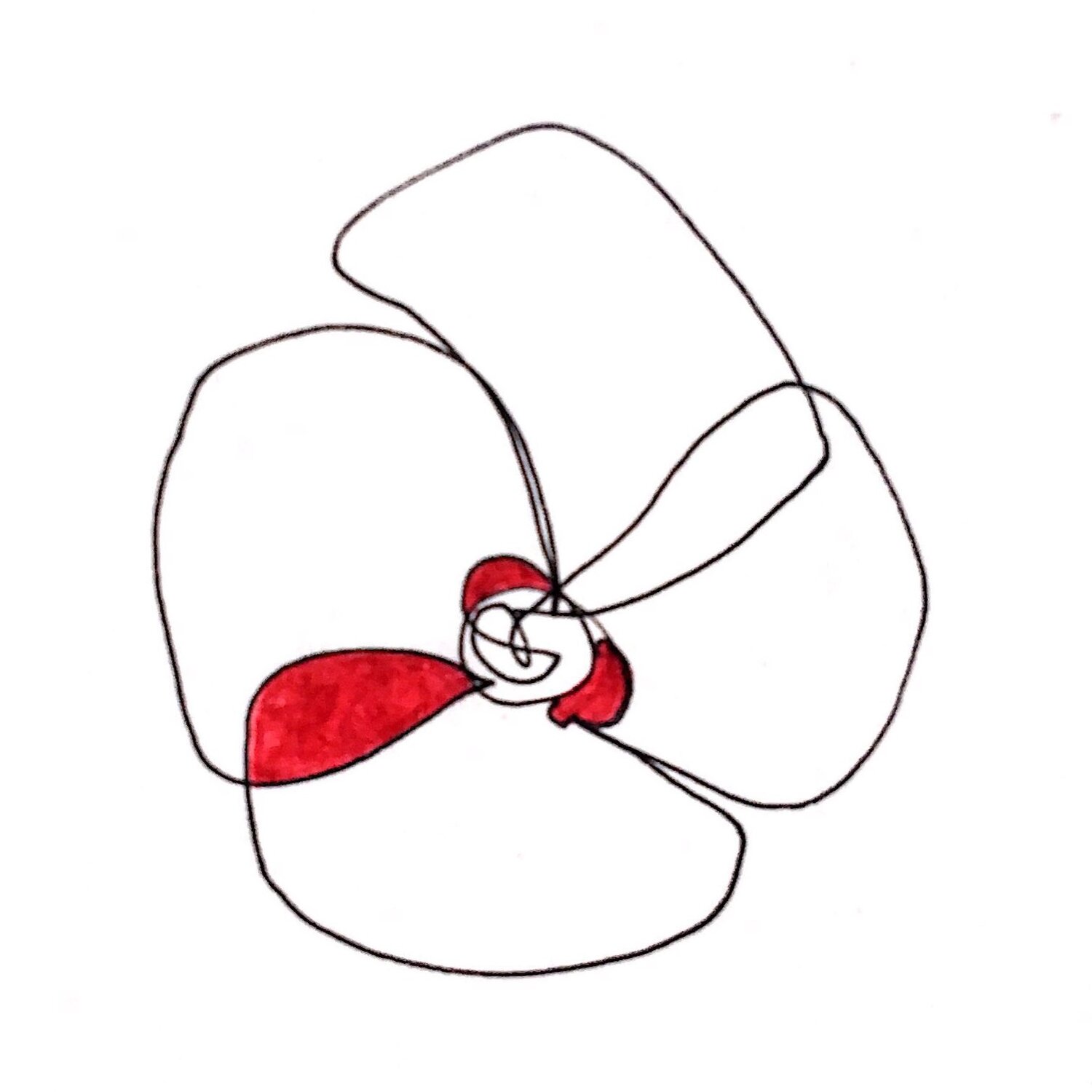Half of the States Still Hate Purdue's Bankruptcy Plan
Oh, Purdue. Eighteen months after filing for bankruptcy in September 2019, Purdue Pharma has finally filed their reorganization plan with the court. They say that it’ll deliver $10 billion to opioid abatement programs; the details show that trusts will be funded less by cash, more by future sales of drugs like buprenorphine, naloxone, and — wait for it! — OxyContin.* Purdue says that “there is broad and strong support for the Plan”; half of states’ AGs responded by issuing a joint statement describing the company as a “criminal enterprise.” (The plan and its surrounding theatrics are rich with nuance and detail, but for a succinct overview, I recommend the coverage by Reuters.)
How does their most recent plan differ from Purdue’s original, tentative settlement reached with 24 state AGs back when it originally filed for bankruptcy, you ask? For one, it demands more cash from the Sacklers while giving them a longer on-ramp to cough it up ($4.275 billion in 9 years, up from $3 billion in 7). For another, it no longer puts state-appointed officials at the trust’s helm and instead gives control to a board of “independent managers” appointed by the state and local governments suing Purdue.
It’s likely that we’ll see this plan revised before it’s approved by Judge Drain. For now, the link to Purdue’s bankruptcy court docket, which includes the full plan and its related disclosure statements, are available for your perusal here.
* “The new company would continue to sell OxyContin, a painkiller that is still approved by the Food and Drug Administration under limited circumstances. But it would diversify its products to include generics and a drug to treat attention deficit hyperactivity disorder, as well as set aside new drugs to reverse overdoses and treat addiction, to be distributed on a nonprofit basis as a public health initiative” (NYT).
